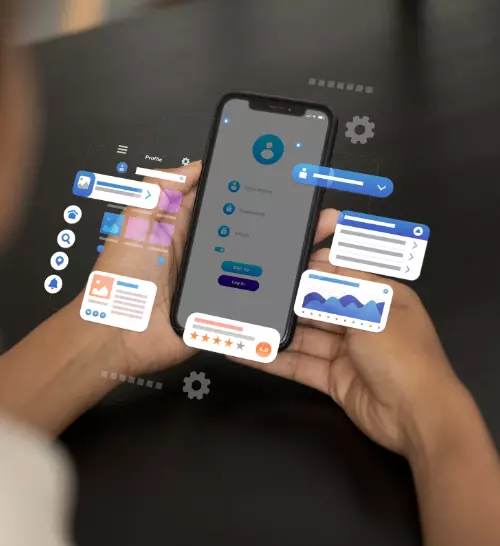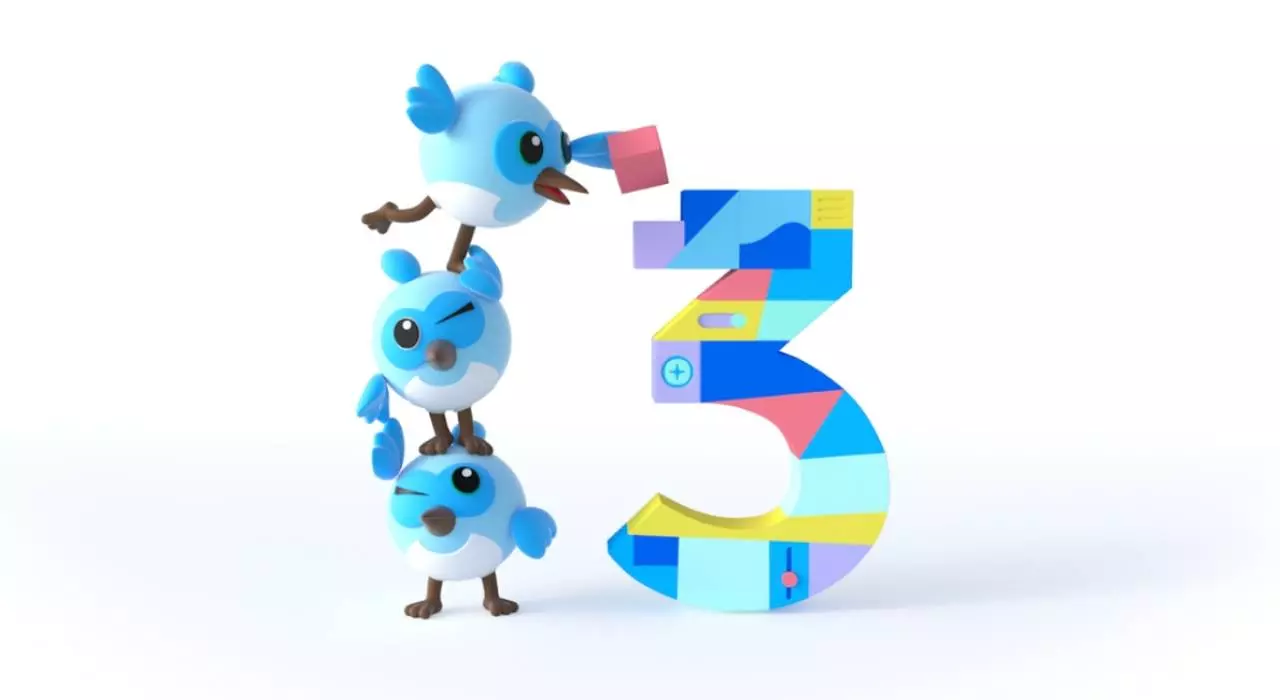
- Application mobile
Développement offshore : Comment créer une application mobile tout en maîtrisant son budget ?

A pure Google product, Flutter 3.0 is the result of a series of new features. The open source UI software development kit is more than ready to accompany developers in the success of their missions!
In summary, Google added more than a dozen new features to Flutter 3.0.
The Firebase platform brings together all the tools mobile app developers may need to track analytics, report and fix app failures, create marketing and product experiences.
To improve speed of use, the Firebase repository now contains source code, documentation, as well as plugins while allowing Flutter to integrate with third-party services such as AWS Amplify.
Flutter 3.0 contains:
Flutter 3.0 now supports broadcast-ready Windows platforms on all desktop platforms.
With the PlatformMenuBar widget in Flutter 3.0, I/O developers can now create menu bars with platform rendering on MacOs. As for Flutter 3+, this version comes with the PlatformMenu or PlatformMenuItem hierarchy. Menus contain MenuItems, those invisible widgets. Finally, rendering, shortcuts and event management for the menu are managed from the host platform by plugins.
Regarding cascading menus, Flutter 3.0 starts to implement them, however, the public API is still under development. Nevertheless, the menus include :
Flutter release 3.0.1 supports Dart 2.17 for enums, default functions, API code examples, deployment and testing of custom written classes. This version of the mobile application development kit provides a parameter section called "update", which specifies arguments named anywhere.
It contains documentation for the super-initializer settings, the enumerated types section, and documented support for signing macOS and Windows executables compiled with DART Compile Exe.
Finally it also supports templates by DART CREATE with standardized names.
Flutter 3.0 provides support for the SafeArea widget as well as clipped, folded and articulated display features.
For LTR configurations, it routes the dialogs to the first screen on the left.
Finally, to avoid the hinge, it contains HingeAvoidingModalWrapper, a widget located at the top of the route layout.
Since the previous update and for a smoother experience and faster animations, Flutter apps can now render at a refresh rate that has doubled to 120 hertz per second on iPhone 13 and iPad Pro devices.
On the iPhone 13 Pro, Flutter supports a variable refresh rate of 120 Hz (high-speed animations) and slow refresh rates up to 24HZ or 10 HZ (low-speed). This switching isolates the actual refresh rate of ProMotion, while saving energy. The Flutter framework's animation features, including UIKIt, SpriteKit, SwiftUI, and CAAnimation, automatically manage frame pacing and provide rhythmic content to the ProMotion display.
This feature allows developers to check for errors and crashes in real time.
With a single code base and the use of accelerated graphics, Flutter 3.0 makes it possible to develop and launch games, implement out-of-the-box features like in-app purchases, game services and Firebase.
Thanks to the flutter.loader JavaScript API, Flutter 3.0 :
Lighthouse displays the performance metrics of the development platform. On Flutter 3+, vendor tools and APIs can measure performance metrics, fix animations that require it, optimize memory usage, and support applications of measurable size.
With Image 3.2.0, web and server applications can load, manipulate and save images in various image file formats. In addition, Flutter's web interface is capable of automatically perceiving and deploying the imagecoder API in the browser.
Material Design version 3, Google's internal design language, consists of a dynamic and updated color system, visual effects, typography. Along with ThemeData and copyWith, Flutter 3 also has ThemeData.extensions, which allows you to add theme data from the Material library.
Flutter 3 allows the inclusion of personalized ads requiring Apple's App Tracking Transparency (ATT). The platform has dropped Consent SDK, replaced by User Messaging Platform (UMP) SDK.
With Flutter 3.0 development, smoothness is in the spotlight with support for variable refresh rates and ProMotion displays on iOS devices, the ability to render at refresh rates up to 120 Hz, and more!
Need Flutter 3.0 to realize your IT project? Our development agency advises you and accompanies you at every step. Contact us now!
(Source : About Flutter 3.0 Release: Latest Feature Update - Konstantinfo.com)